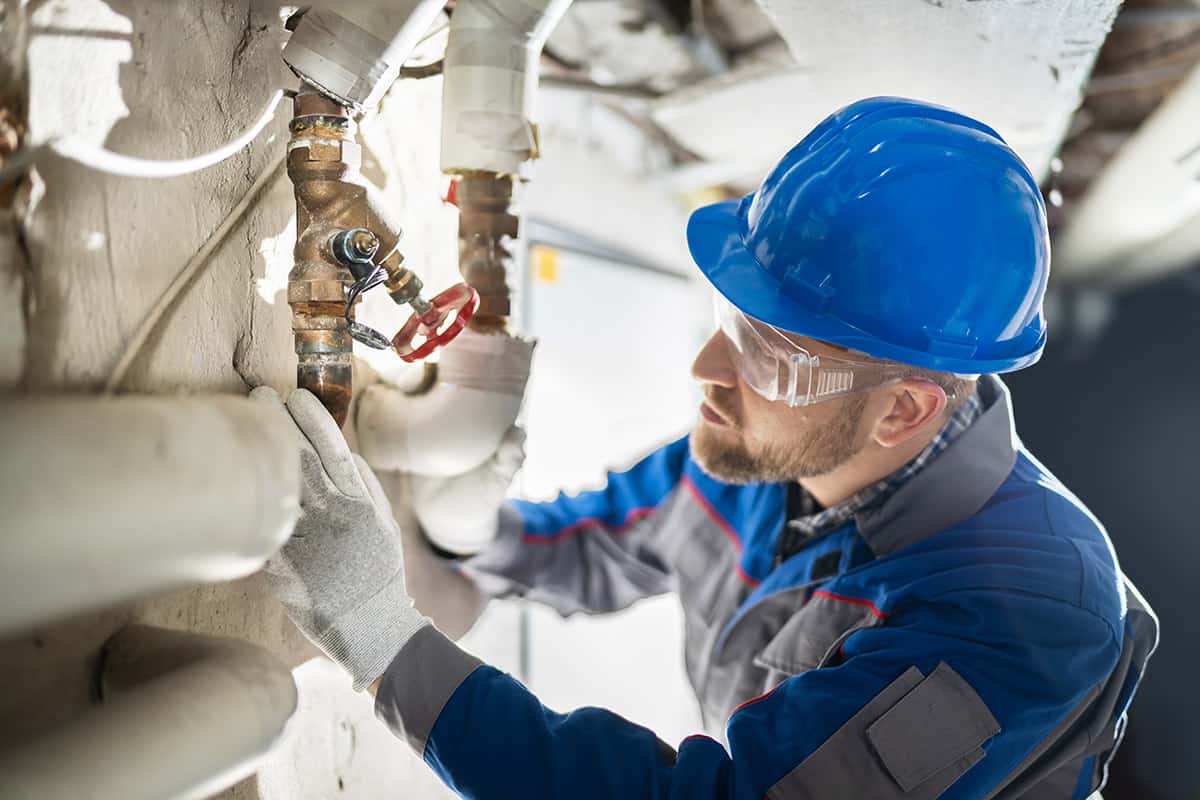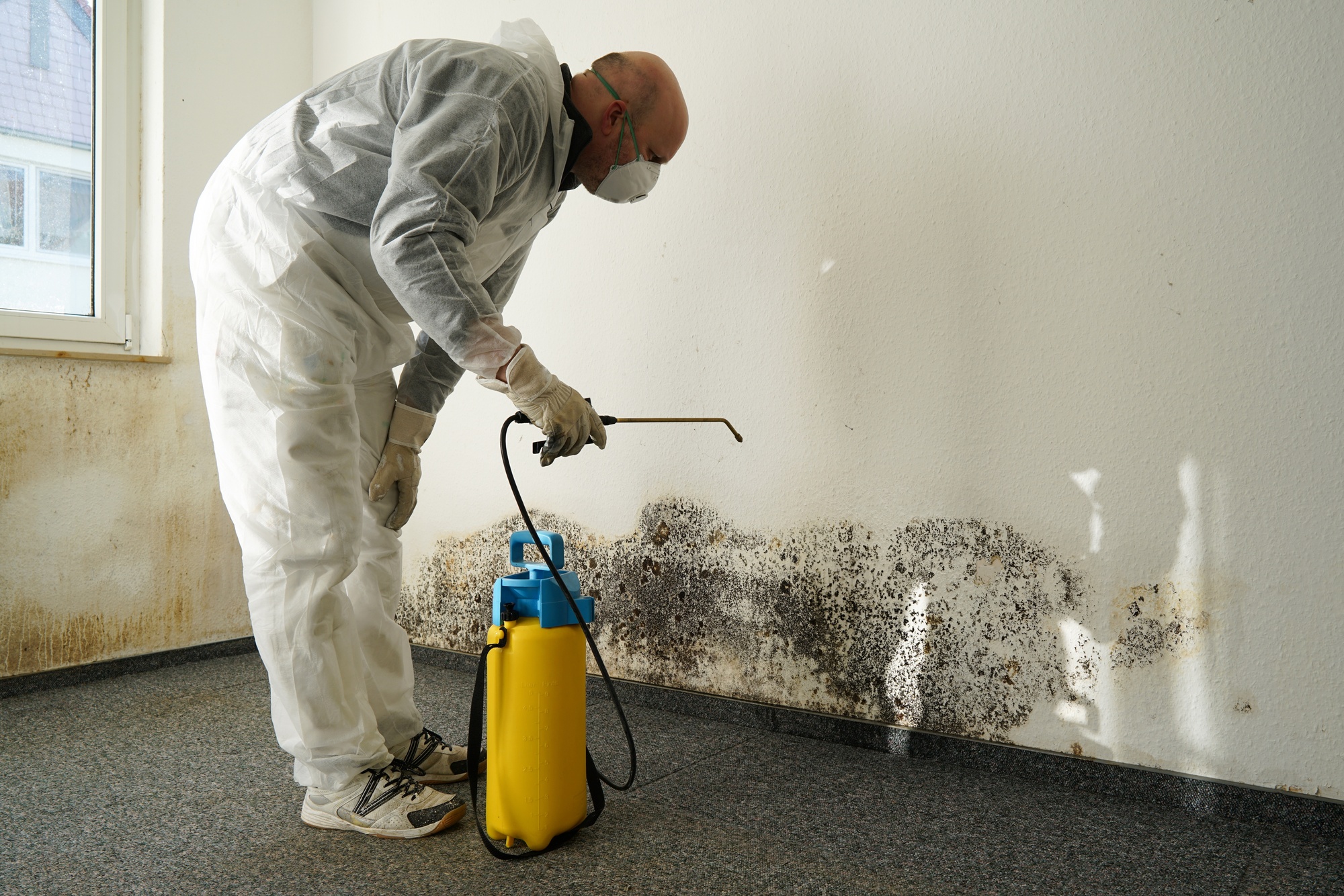A simple guide to choosing the right Flood Cleanup Services provider
Water Damage Restoration 101: Recognizing the Process and Price
Water damage can strike suddenly, leaving home owners in a state of confusion. Recognizing the remediation procedure is important for efficient recuperation. From evaluating the damage to selecting the best provider, each action impacts the overall outcome and cost. Elements such as the kind of water damage and urgency also play a considerable function. What are the specific techniques used in restoration, and how can one prepare for possible expenditures?
Kinds of Water Damage
Water damage can develop from different resources, each offering one-of-a-kind obstacles for repair. The 3 key kinds of water damage are classified based on contamination levels: tidy water, gray water, and black water. Tidy water stems from resources like busted pipes or rainwater, posing very little wellness dangers. Gray water, which includes wastewater from sinks or washing machines, has impurities that might cause pain or ailment if consumed. Black water, the most unsafe group, comes from sewage or floodwaters, including harmful microorganisms and microorganisms. Each kind requires specific reconstruction methods and safety actions to properly attend to the damage and reduce health and wellness risks. Recognizing these distinctions is important for specialists and property owners included in the water damage reconstruction procedure.
Initial Analysis and Examination
A complete preliminary evaluation and inspection are crucial actions in the water damage restoration process. This stage starts with a professional examining the level of the damage, identifying the source of the water invasion, and figuring out the kind of water entailed - Flood Cleanup Services. Specialists use specific devices to determine wetness levels in different materials, such as walls, floorings, and furnishings. Furthermore, they assess structural integrity and potential carcinogen, including mold development. The searchings for from this examination educate the reconstruction strategy, leading needed actions and resource allotment. Accurate documentation of the damage is important for insurance coverage claims and future referral. On the whole, this preliminary evaluation prepares for effective reconstruction, ensuring a detailed feedback to the details circumstance at hand

Water Extraction Methods
Complying with the preliminary analysis, effective water extraction strategies are employed to alleviate damage and prevent additional problems. These techniques entail using specific equipment such as industrial-grade vacuums and completely submersible pumps. The option of method relies on the volume of water existing and the sort of products impacted. For standing water, completely submersible pumps are normally used for quick removal, while vacuum cleaners are suitable for extracting water from carpetings and upholstery. Additionally, progressed techniques like water extraction mats might be utilized for hard-to-reach areas. The objective is to eliminate as much water as feasible, lessening the potential for mold and mildew development and architectural damage. Prompt and reliable water removal is essential in the general water damage restoration procedure.
Drying Out and Dehumidification Process
As soon as the water removal is total, the drying and dehumidification process comes to be important to restoring the damaged area. This stage normally uses industrial-grade dehumidifiers and air movers to properly decrease dampness levels. The dehumidifiers attract wet air, getting rid of excess humidity, while air movers distribute air to speed up evaporation. Tracking tools is often made use of to track moisture and temperature degrees, making sure excellent drying conditions. The duration of this process can vary depending on the extent of the water damage and ecological factors. It is necessary to thoroughly dry all affected materials, consisting of walls, floor covering, and furnishings, to stop mold and mildew growth and architectural damage. Correct execution of this step is vital for an effective reconstruction result.
Cleaning Up and Sterilizing Affected Locations

First Evaluation and Inspection
Prior to beginning any kind of repair initiatives, a thorough initial assessment and inspection of the affected locations are essential for efficient cleaning and disinfecting. This procedure includes identifying the level of water damage, establishing the source of the water intrusion, and evaluating the products affected. Examiners typically try to find indicators of mold and mildew development, structural honesty problems, and harmed possessions. The analysis also includes inspecting wetness degrees utilizing customized devices to guarantee no concealed water pockets remain, as these can bring about further difficulties. Documenting the searchings for is essential for preparing the following action in the remediation process. An in-depth first assessment enables repair specialists to design a targeted approach for efficient cleaning and sterilizing, eventually minimizing damage and health risks.
Cleaning Methods and Products
Efficient cleaning and sterilizing of water-damaged locations call for a selection of items and strategies tailored to the certain materials impacted. For permeable surface areas like drywall and carpeting, removal approaches are essential to remove excess moisture, adhered to by deep cleansing with specialized cleaning agents. Non-porous products such as ceramic tile or metal can be cleaned using commercial-grade cleansers that properly get rid of impurities. Vapor cleaning is an additional effective technique, particularly for rugs and upholstery, as it utilizes high view website temperature levels to remove microorganisms and mold and mildew. Additionally, green items are increasingly preferred for their safety and effectiveness. Eventually, choosing the proper cleansing techniques and items not just ensures prompt cleanliness however also help in avoiding further damage and carcinogen connected with water intrusion.
Sanitization and Disinfection Methods
When addressing water damage, proper sanitization and sanitation techniques are vital to assure the safety and health of the damaged atmosphere. After preliminary cleaning, surfaces have to be treated with ideal anti-bacterials to eliminate pathogens, mold and mildew, and bacteria that thrive in moist conditions. Usual methods consist of using EPA-approved chemical disinfectants, which can be applied via spraying or cleaning techniques. Furthermore, ultraviolet (UV) light systems can effectively sterilize locations by reducing the effects of microbes without severe chemicals. The choice of approach typically depends on the sort of materials influenced and the level of contamination. Ultimately, detailed sanitization not just recovers a risk-free living area however also assists prevent future health and wellness dangers connected with sticking around moisture and mold and mildew development.

Repair Work and Restoration Options

Aspects Affecting Restoration Expenses
The degree of water damage directly affects the restoration sets you back homeowners can anticipate to sustain. Elements such as the resource of the water, the period of exposure, and the afflicted products substantially influence prices. Clean water damage from a damaged pipeline is usually less expensive to recover compared to damage triggered by sewer (Water Damage Restoration). Furthermore, the level of contamination dictates the need for specialized cleaning and disposal solutions, better boosting expenses. Geographic area also plays a function, as regional labor rates and schedule of repair solutions can vary. The urgency of the action affects costs; quicker treatments usually lead to decrease overall costs by protecting against additional damage. Understanding these aspects is crucial for house owners when approximating reconstruction costs
The 3 key kinds of water damage are classified based on contamination levels: tidy water, grey water, and black water. A thorough initial evaluation and assessment are essential steps in the water damage reconstruction procedure. For standing water, completely submersible pumps are commonly utilized for quick removal, while vacuum cleaners are excellent for removing water from carpetings and furniture. The extent of water damage directly impacts the reconstruction costs house owners can anticipate to incur. Clean water damage from a broken pipe is normally less expensive to bring back compared to damage triggered by sewage.